Metal Ducting or Plastic Ducting? Best Ducting for Your Requirements
As the UK’s leading supplier of ducting and ventilation, we at I-Sells take pride in offering solutions for all of your ducting needs, as well as advising you on all things to do with ventilation, extraction, mould and everything in between.
In this article, we will be helping you decide between metal ducting or plastic ducting based on your requirements.
What exactly is ducting?
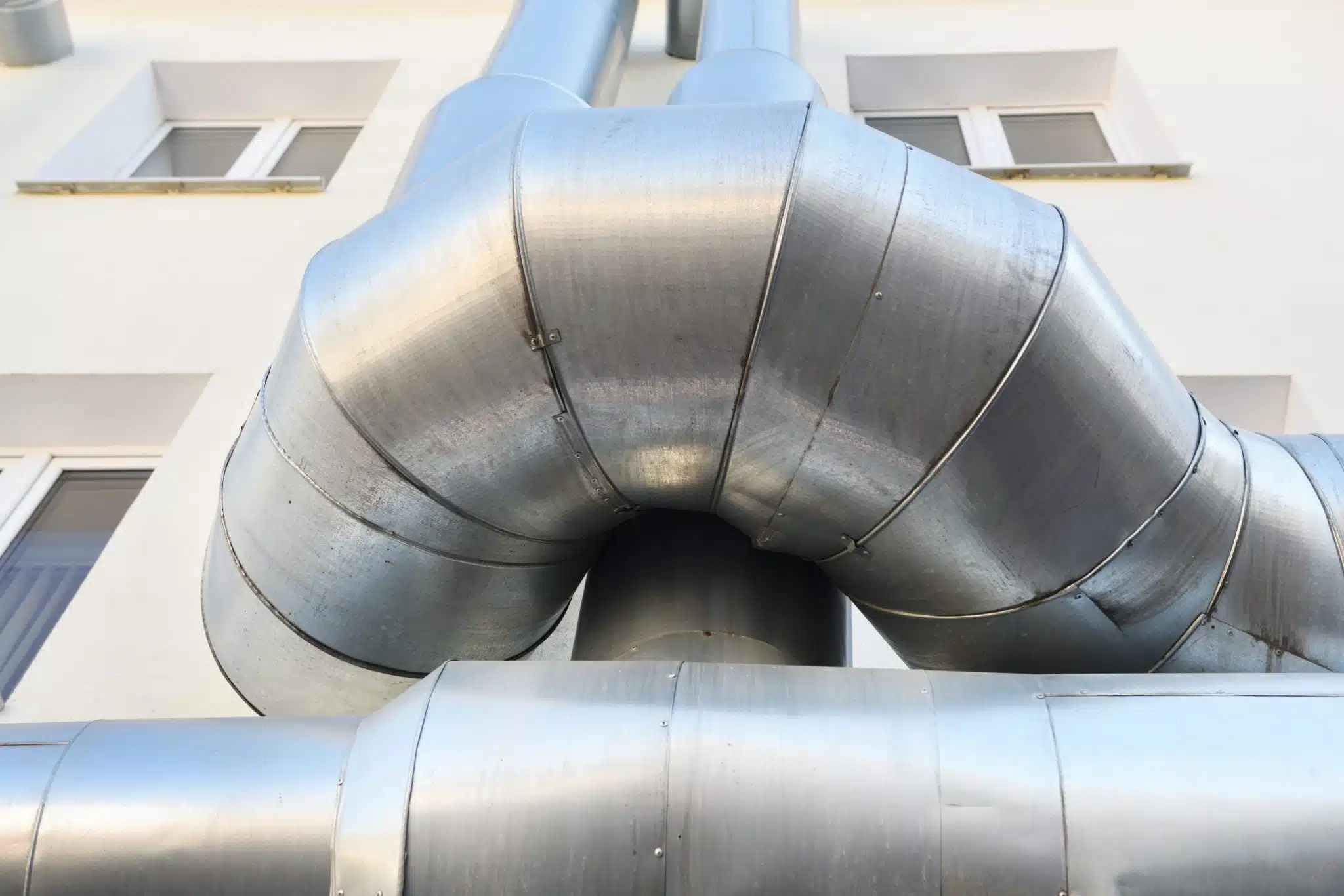
Ducting is essentially a cavity built into walls that create a path from inside a home or building, to the outside. This can be used to aid the function of cooker hoods, extractor fans and ventilation systems.
Ducting allows for the passage of air from inside a home to be deposited outside, having the added benefit of helping an extractor to remove humidity, smells and stale air.
Ducting becomes useful when the extractor fan or cooker hood etc is not by a wall next to a window, the further away it is from a wall that leads to outside, the more ducting is required to create a passage for the air.
Depending on your needs, the type of ducting can change too, for example, the ducting needed for a bathroom extractor fan would be different to what ducting would be needed for a vented tumble dryer.
Ducting has a range of forms, there is plastic ducting, metal ducting and flexible ducting, which can be made in plastic or metal depending on your needs. Each option serves a purpose and your requirement for it is hugely dependent on your circumstances, the layout of where it needs to be installed, and what kind of air your ventilator will be extracting.
So why exactly do we need ducting?
Why do we need ducting?
To understand the necessity for ducting, we must understand the role of the technology it supports the function of. That function is ventilation.
Ducting aids in the function of ventilation appliances (such as an extractor fan, cooker hood, or tumble dryer) by helping to facilitate ventilation in the home, by promoting airflow whilst decreasing levels of humidity. This is particularly important as humidity is a key factor in the formation & spreading of mould in your home.
Some ventilation purely extracts the air of the room it is in, whilst others extract the inside air and then recycle and return it.
Improper ventilation of the home usually leaves signs you can notice, which include:
- There is almost always condensation on the windows or walls
- Odours linger in the house for extended periods of time, especially in the kitchen or bathroom
- High humidity, leading to wood rot or mould
- You can’t see it working (in the case of a cooker hood, for example, you can’t see smoke travel directly up it)
As humidity is a factor in the development of mould, rooms such as kitchens and bathrooms are ideal places for mould to grow and thrive if not taken care of.
Mould is known to cause & aggravate breathing issues within people and can be particularly harmful to people with pre-existing health conditions. The good news is mould can be removed, but it will return if proper ventilation is not implemented. Proper ventilation is as simple as:
- Opening a window and using an extractor fan during or after a hot bath/shower
- Creating an airflow by opening windows on different sides of the home for around 20 minutes a day
- Buying or making use of extractor fans within the home
- Opening a window or using an extractor in the kitchen whilst cooking hot meals
- (if living in a house) opening windows downstairs and upstairs, allowing the rising hot air to escape through upstairs windows, while cool, fresh air circulates in from the downstairs windows.
Please note that these steps will not completely defend against mould if there are leakage issues in your home, but will certainly help to mitigate the growth of mould if done regularly.
Now that we understand the vital role that ventilation appliances play, we should now have a grasp of the necessity for ducting. It is basically a conduit for air to travel through.
To give you an example of where ducting would be necessary, a bathroom that does not have access to a window. An extractor fan would be placed in there, and ducting would be applied from the fan to the nearest wall that leads to outside.
For more information on mould, its effects and the solutions we offer, our blog will provide the answers you may be looking for. Or if you have any questions on condensation management, click here.
Now that we have described the importance of ducting in the long term, let us share with you the types of ducting that we offer.
Metal Ducting or Plastic Ducting?
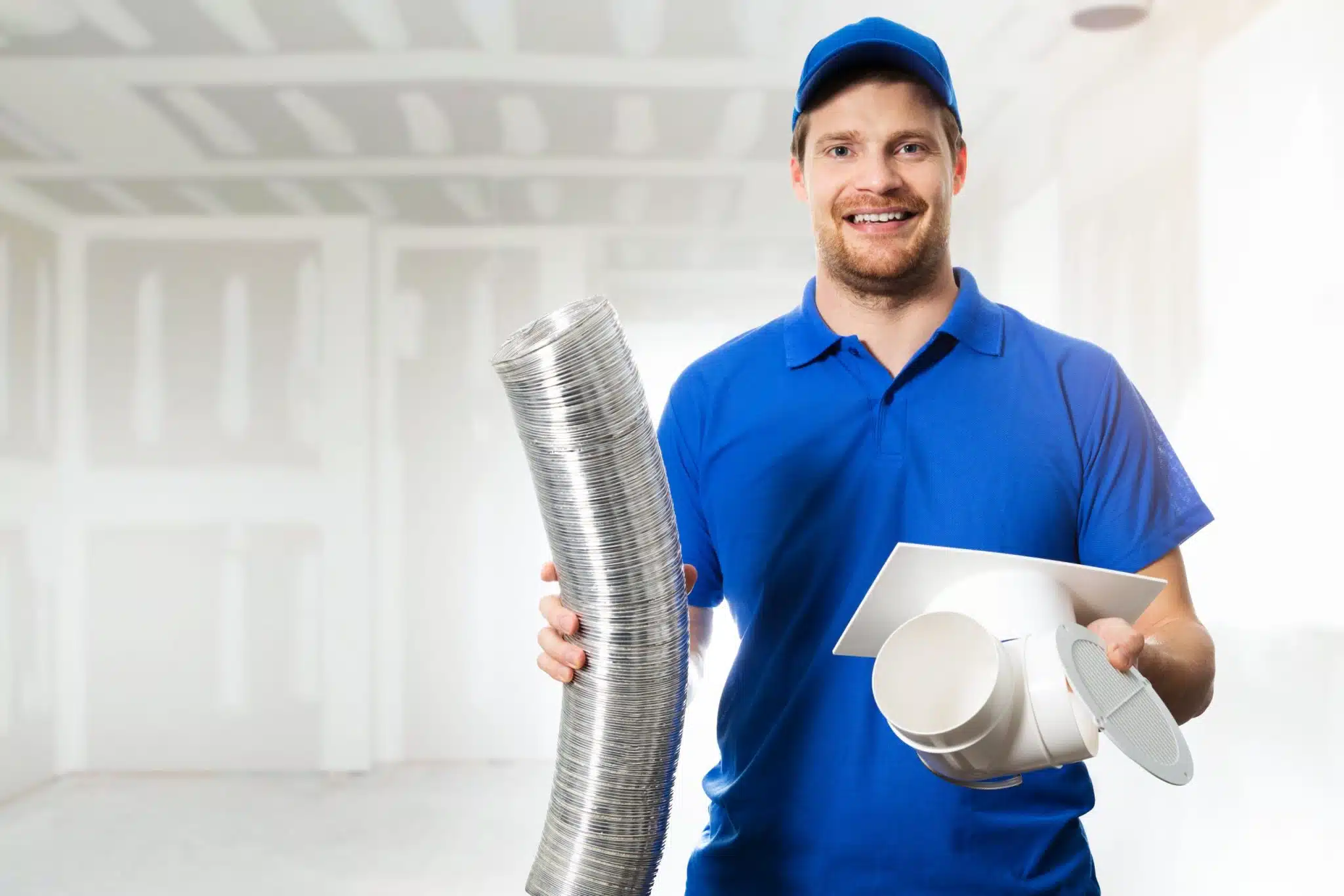
Flexible ducting
Ducting can come in two forms, rigid and flexible ducting. Both can be made from plastic or metal.
Our flexible ducting hose and pipes can be used for exhausting air conditioning, venting tumble dryers, bathroom fans, HVAC systems and kitchen hoods. Available for purchase with delivery all over the UK. Custom sizes can be fabricated, and UK sales of stocked products over £100 are free of delivery charges.
Plastic ducting
Plastic ducting is usually made from PVC. It is a durable, lightweight material, generally used when installing an extractor fan or passive ventilation system to control condensation or mould growth, you may choose plastic ducting to vent to the exterior of your property too.
Plastic ducting is typically used as ventilation within domestic properties, principally within student flats and modernisations. It is preferred because of its lightness, its airtight properties & durability. It is usually used in rooms such as bathrooms and kitchens, and HVAC systems.
Our lightweight PVC-coated ductwork is manufactured from high-quality uPVC and is designed to create minimal air resistance, maximum airflow and minimal pressure loss.
We provide plastic ducting lengths, connectors, bends, brackets, and accessories such as reducers, attenuators and other fittings.
Plastic ducting has a number of advantages including:
- It is lightweight
- It’s easy to install
- It’s smooth on the inside, making for efficient installations
- It is easy to cut
- It doesn’t corrode
- It can be insulated
Metal ducting
Metal ducting is ideal for ventilation systems set up in hotter environments, an example being a cooker hood. Metal ducting is also a popular choice for spaces and environments with air rich in certain compounds that could be hazardous or damaging to standard choices.
HVAC experts and engineers typically choose to rely on stainless steel for aggressive environments, where corrosion is highly likely.
We provide round ductwork fittings and accessories in a large range of diameters to suit all purposes including HVAC systems and extractor fans. Our metal ductwork is manufactured from high-quality galvanised Aluminium.
The benefits of metal ducting are as follows:
- It can be used in rooms that have appliances that emit a lot of heat
- High-quality galvanised aluminium ensures long-lasting function
- Ideal for industrial environments
- Can be insulated.
What happens if you have no ventilation or ducting?
Having no ducting or ventilation in your home will result in the buildup of condensation and mould as well as exposing you to potentially harmful chemicals.
Opening a window will not be enough to efficiently and consistently remove any air impurities. Extractor fans and cooker hoods actively intake the air and will do so unless you turn them off (some have timers after switching off.)
A way to understand the necessity of ducting would be to compare it to having a coal or wood-burning fireplace with no chimney. If the smoke did not escape through the chimney, smoke, its smell, its toxicity and its staining would be everywhere no matter how long you keep the window open.
For all of your ducting needs
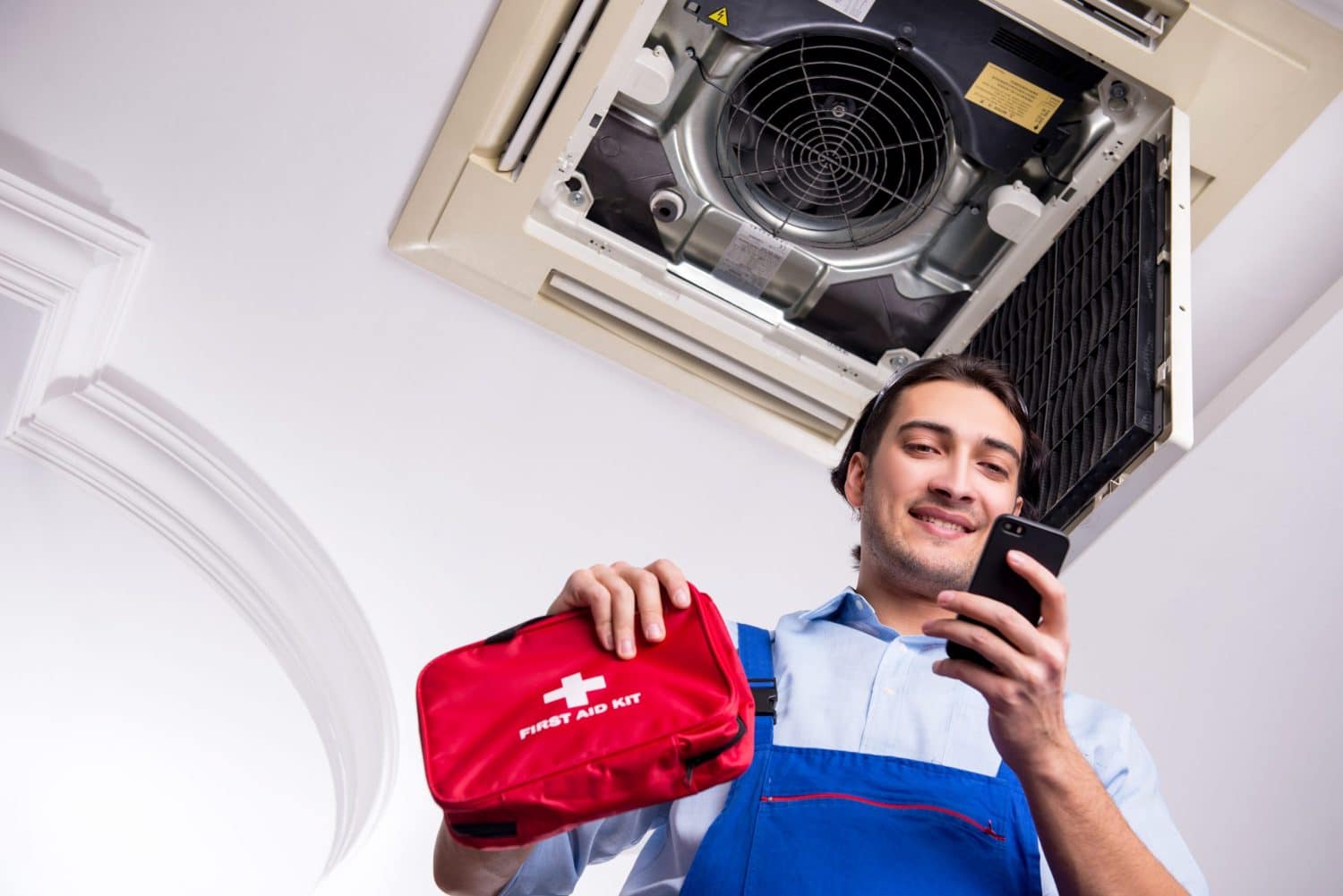
We at I-Sells endeavour to make sure our customers have all the information they need before choosing to invest in our products. Be sure to visit our blog page to gain knowledge on the wide array of factors and issues surrounding ventilation, mould, condensation, and much more. We hope to have helped you by giving you the insight to help you choose between metal ducting or plastic ducting.
We understand you may have more questions, Please do not hesitate to contact us for more information with regard to ventilation in your kitchen. If you’d like to send us an email, click here. For other contact options, see below:
Call us on 020 8463 9696
Visit us at our showroom:
*OPENING TIMES*
Monday – Friday: 8:00 am to 5:30 pm
Saturday: 9:00 am to 12:00 pm
Sunday: Closed
15 St John’s Parade
Sidcup, Kent
DA14 6ES
United Kingdom

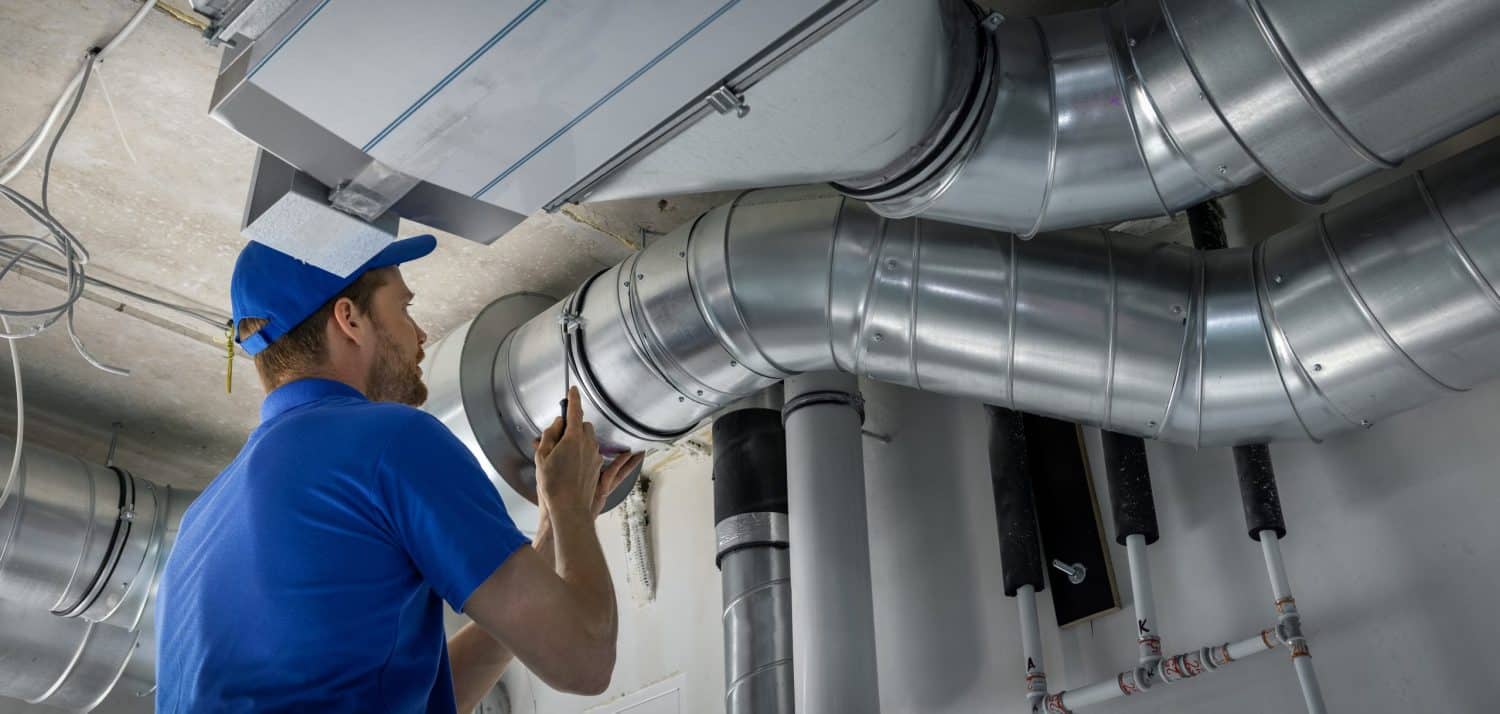
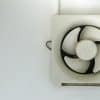


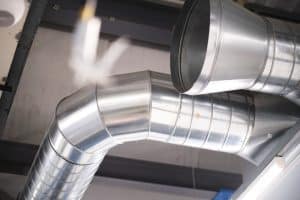
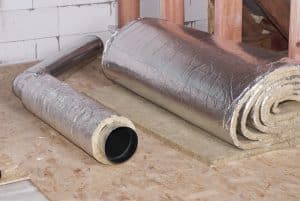
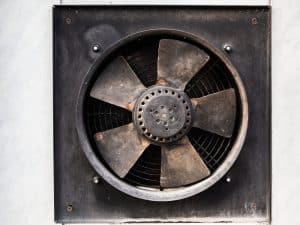




















Add comment
You must be logged in to post a comment.